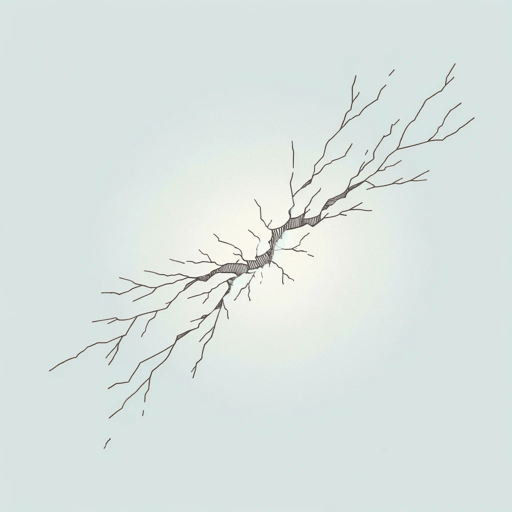27 pages • 54 minutes read
John MiltonSamson Agonistes
Fiction | Play | Adult | Published in 1671A modern alternative to SparkNotes and CliffsNotes, SuperSummary offers high-quality Study Guides with detailed chapter summaries and analysis of major themes, characters, and more.
Symbols & Motifs
Blindness
Blindness symbolizes introspection in the poem. In prison, the Philistines gouge out Samson’s eyes, leaving him “[w]ithout all hope of day” (Line 82). The imagery of daylight and darkness is significant, as God’s first act of creation is to summon light into the world. By losing his sight, Samson can no longer perceive what God has made—“Light the prime work of God to me is extinct” (Line 70)—a punishment the Chorus proclaims worse than any physical torment because it has no hope of ending.
Instead, Samson looks inward, transcending his flesh and burrowing into his “inmost mind” (Line 611). This perspective shows Samson that despite his mighty military feats, he displayed unbecoming hubris, behaving as a mini-god. Samson now realizes his many mistakes, from Dalila to overweening pride. He takes responsibility for his actions and doesn’t try to avoid his punishment. The Chorus watches Samson “Labouring thy mind” (Line 1298), a newfound awareness that reconnects him to God and helps him sense the “rouzing motions” (Line 1382) that indicate God’s wishes—that Samson eradicate the Philistines.
Related Titles
By John Milton








